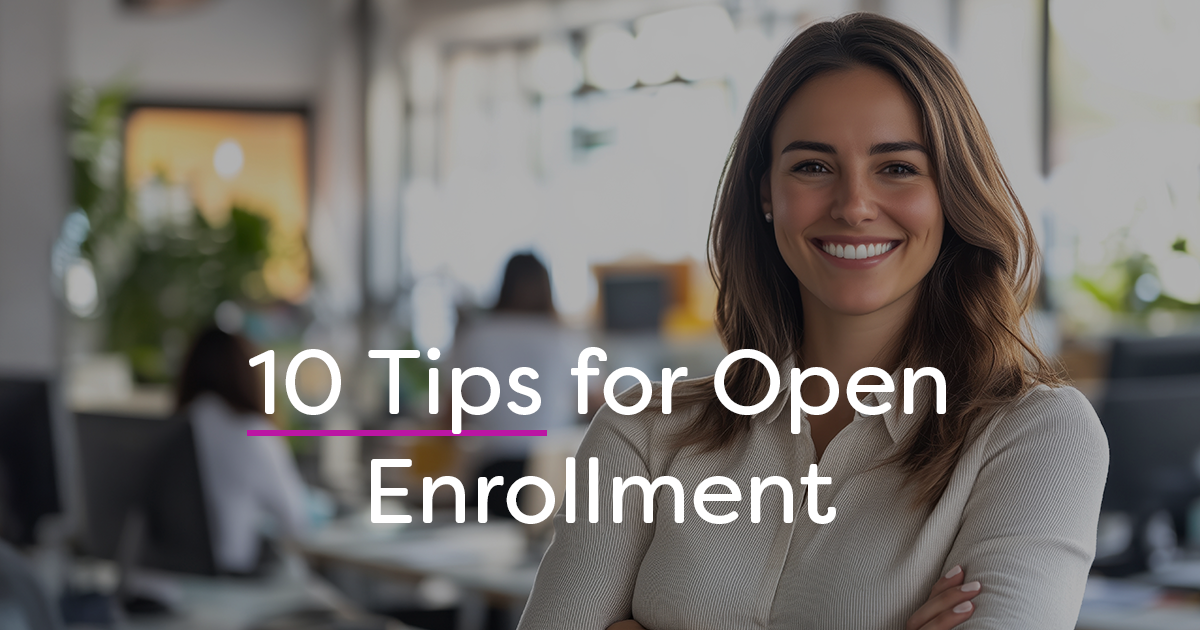
Seasoned benefits professionals recognize that open enrollment is not a singular event but an annual cycle.
The open enrollment pre-game has two components. The first is the planning stage and generally occurs late first quarter, early second quarter when benefit plans and pricing are analyzed, calculated and approved. The second pre-game phase occurs during third quarter and focuses on communicating benefit changes and pricing as well as setting up the physical enrollment environment.
Then, it’s show time. Open enrollment begins and time moves at warp speed. There are communication campaigns, benefit fairs, an exponential increase in calls to the benefits call center and a race among employees to meet the open enrollment deadline. Employees then have two to four weeks to become savvy consumers and make important enrollment decisions that have financial impacts that will affect them for a full year.
Immediately following open enrollment, prior to the Jan. 1 effective date, call centers continue to field calls from concerned employees asking if they can make changes, what will be their new payroll deduction, when will they receive new identification cards and so on. Many companies have a silent period and accept changes for a certain period of time to alleviate employee stress. Enrollment technology then takes center stage working its magic to update the HR database and generate eligibility files so that the various insurance carriers will have correct enrollment information and generate new identification cards by the start of the new year.
Is this the end of the enrollment cycle? Can benefit managers now take that long-awaited sigh of relief? Not yet. There still is the turmoil of the first payroll when some employees may not have absorbed that pricing may have changed, so employee benefit call centers need to be prepared to share with plan participants the communications that describe the changes.
After a myriad of post-enrollment questions have been addressed and new payroll amounts are validated and humming along, what should the benefits manager do?
- Vow never to conduct an open enrollment again.
- Send out job resumes for a new career.
- Take a step back and review the past enrollment with an eye on how to improve future enrollments.
If you answered a. or b., you probably should pursue a new career.
For those of you who answered c., the following are steps to ensure that future enrollments run more smoothly.
Analyze your enrollment statistics holistically.
- Where did your employees go to obtain their information? What sites did they access and how did they access them? From a desktop? Smartphone? Tablet? Can you calculate the amount of time employees remained on the site?
- Compare enrollment elections against previous years. Did employees make changes that you expected? Did you introduce a new benefit. If so, how was it received?
- Call center: What were the volumes at the call center and what subjects were the top ten call reasons? What kind of issues were escalated? What can you do to address those questions in the future? Do these questions present an opportunity to communicate clarifications to your employees?
Engage internal enrollment partners. Contact partners — including your call center, technology partner, external enrollment administrator (if applicable) and your communications team — and conduct a debrief, identifying what went well and opportunities for any improvement.
Meet with your insurance carriers and administrators to find out whether your organization’s results are consistent with what they have seen for other clients. What type of benchmarking can they provide? Do they have any lessons learned or takeaways that may help you?
Armed with the data and experiences of your most recent enrollment will pave the way for a successful future enrollment.
To see the original article, click here.



.png)
